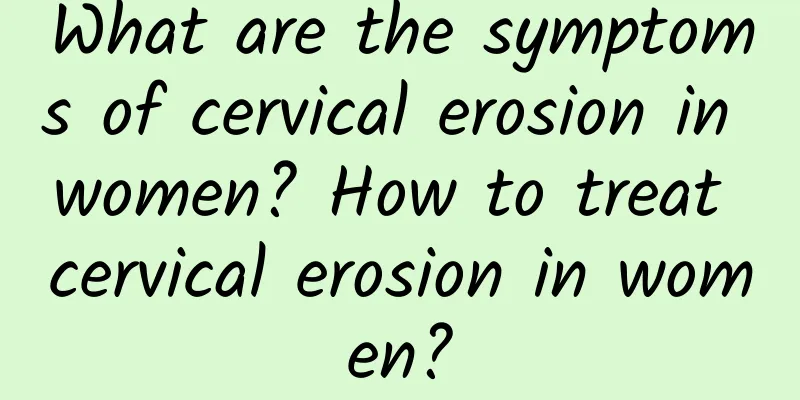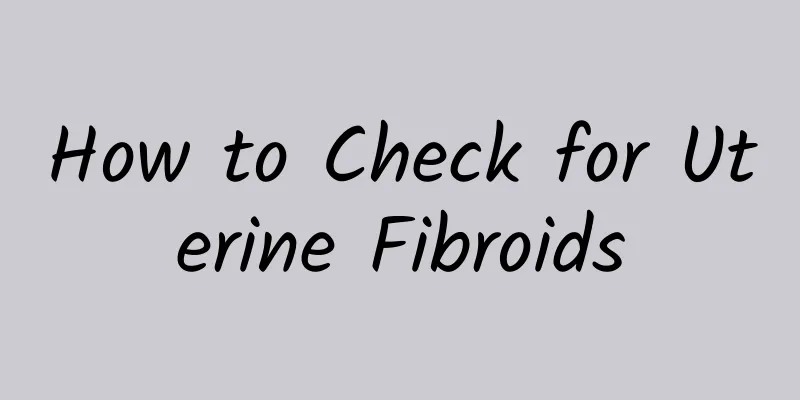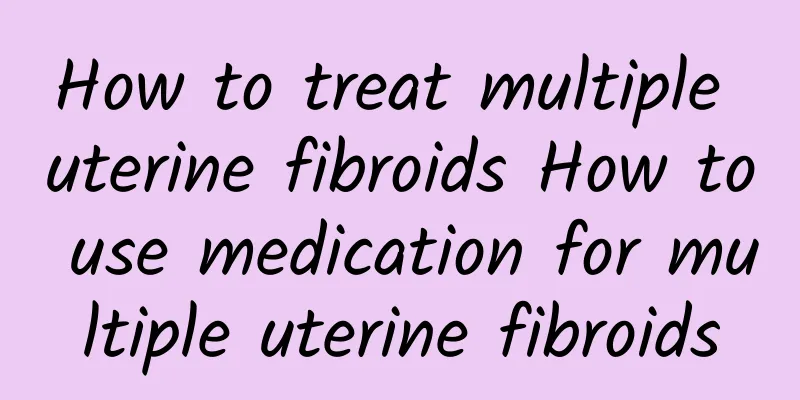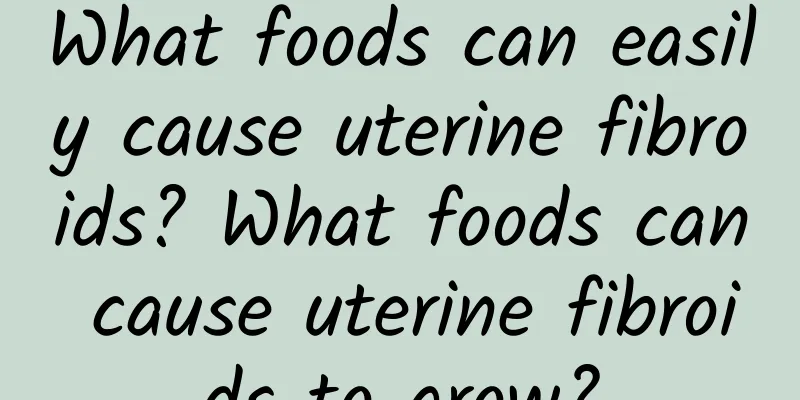What are the symptoms of chocolate ovarian cysts and what to do
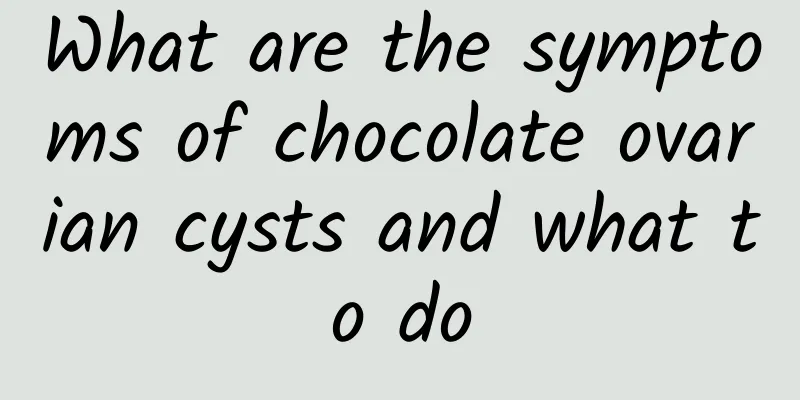
|
The treatment principles of chocolate ovarian cysts are: for young women with small cysts and who want to have children, drug treatment is generally used, with regular follow-up examinations; conservative surgery is used to preserve normal ovaries and reproductive function; for women with severe symptoms, older age, and no desire to have children, the entire uterus, one or both ovaries, and fallopian tubes can be removed. Chocolate Ovarian Cyst Ovarian cysts have five common symptoms: 1. Discomfort in lower abdomen. Due to the weight of the tumor itself and the influence of intestinal peristalsis and posture changes, the tumor moves in the pelvic cavity, involving its pedicle and pelvic infundibulum ligament, causing distension and descent of the lower abdomen or fossa. 2. The abdominal circumference increases and the abdomen is swollen. This is the most common phenomenon in the main complaint. The patient will only notice the enlargement of the abdomen when he realizes that his clothes or belt seem tight, or he will feel it accidentally in the morning. He presses on the abdomen and finds swelling and abdominal distension discomfort. 3. Abdominal pain. For example, the tumors have no complications and pain is rare. Patients with ovarian tumors may experience abdominal pain, especially when it occurs suddenly, which is often caused by torsion of the tumor pedicle, occasionally tumor rupture, bleeding, or infection. Malignant cysts cause mainly abdominal and leg pain. Pain often causes patients to go to the emergency department. 4. Menstrual disorders. Generally, ovarian, or even bilateral ovarian cysts, do not cause menstrual disorders because they do not destroy all normal ovarian tissues. Some uterine bleeding is not endocrine, or it may be due to ovarian tumors changing the pelvic blood vessel distribution, causing endometrial congestion; or it may be due to ovarian malignant tumors directly metastasizing to the endometrium, causing menstrual disorders due to other secretory influences. 5. Compression symptoms. Large ovarian tumors can cause dyspnea and palpitations, and large amounts of ascites can also cause these symptoms; but in some patients with ovarian tumors, dyspnea is caused by effusion in one or both sides of the chest; it is usually combined with ascites to form the so-called Meigs syndrome. |
<<: Exercise therapy for pelvic effusion
Recommend
What are the causes of cervical erosion in women? Check out the 7 causes of cervical erosion
The so-called cervical erosion is actually no lon...
Can you get pregnant with endometriosis?
Women with endometriosis can get pregnant, but th...
How to successfully preserve the fetus during threatened abortion
Threatened abortion refers to a small amount of v...
What are the symptoms of bacterial vaginosis?
Bacterial vaginosis is more common in elderly wom...
Does weight loss lead to dry skin and premature aging? Nutritionist Zhao Hanying: 6 must-eat foods for weight loss and anti-aging
After many people who have successfully lost weig...
The high risk of breast cancer has nothing to do with breast size, but is related to this "risk factor"...
Are people with larger breasts more likely to get...
Keeping warm is also a way to relieve menstrual cramps
Do you know what methods are there to relieve dys...
Which hospital is more professional in treating dysmenorrhea?
Which hospital is more professional in treating d...
Too little sleep! Doctor: It’s hard to lose weight if you have a big appetite
According to statistics, about 5 million people i...
Patients with irregular menstruation should be examined in time
In recent years, irregular menstruation has long ...
What harm does Bartholinitis bring to women?
Many patients do not know much about Bartholiniti...
Experts briefly analyze the hazards of ovarian cysts that cannot be ignored
Ovarian cysts are a very harmful gynecological di...
What is the cause of postmenopausal cervical adhesions
Postmenopausal cervical adhesions are often relat...
Is the cost of treating left ovarian cyst high? What are the methods?
Before treating the left ovarian cyst, you must f...
Women should pay attention to these details of adnexitis prevention
In daily life, it is very necessary to do a good ...





